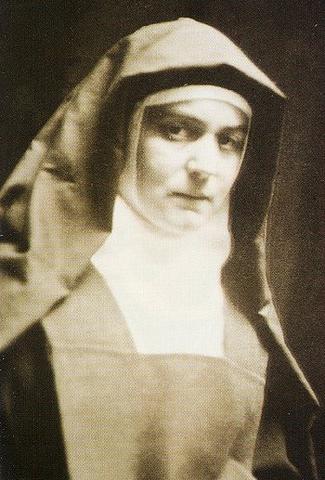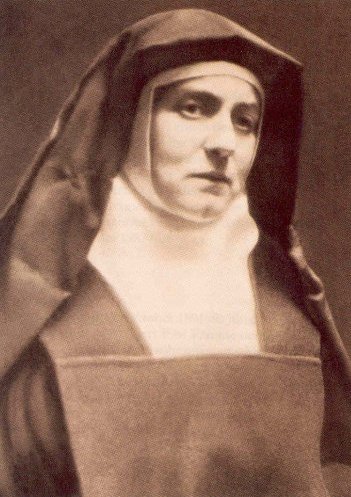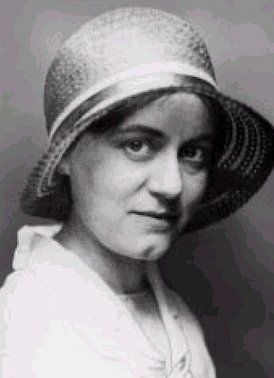
So Datingish has impressed me again with a profound question that reminded me of two posts I’ve done in the past that I think were also responses to equally profound Datingish posts.
When I saw the title on the Xanga front page I just cringed; yes, I know what kind of a culture we live in today but it speaks to me of how narrow our vision is when it comes to love and the beauty of the human being. When I go to the grocery store, for example, and walk to the meat section, I am looking for a particular cut of beef because I have in mind a recipe that calls for such specificity. However when I love someone, how could you be equally so exclusive?
As I mention in one of my previous posts:
Secondly, and this pertains particularly to the recent phenomenon on Xanga (way back in 2010!), when you seek out and display images merely of this genital or that one, you detract immensely from its beauty. Why? You have removed it from its context, from the very reality that makes it beautiful in the first place. Who would find a severed penis lying on the ground beautiful, or take a picture of it to later view for some pleasure? Likewise a vagina or even a woman’s breasts? It is one thing to idolize the human body in its wholeness, but to idolize a mere part? Some might argue that we do the same thing with hands and heads; this is entirely different. When there is a picture of a hand, it is often being employed to model something (jewelry for example) or convey a message (a hand outstretched expressing an opportunity to help); the hand isolated and pictured is rarely the main focus. With the image of a face or head we are not viewing it for its own sake but recognizing that the face, of all the parts of the human body, conveys the reality of the person in a way that we can connect with. Can you tell by looking at a leg what a person is feeling? In contrast, what can you tell of a person by looking at pictures of their genitals, save for perhaps a judgment as to why they may have chosen to exhibit this part of themselves, as opposed to something that is, of itself, beautiful?
The long and short of it (absolutely no pun intended) is this: our genitalia is limited and dependent when it comes to its own beauty. These parts of our human bodies serve a higher reality than what we find in them individually. It is by these parts, for example, that the human race continues onward and the image and likeness of God endures in this world. These parts of our bodies allow a husband and wife to express their love for each other in a way that cannot be fully expressed by any other. But nothing in these parts alone is beautiful; cut apart from the person they are just awkward bits of flesh. To idolize or to make pornographic the human genitalia is to greatly insult the beauty and dignity of each and every human being alive, whether they realize the insult or not.
I can only hope and wish that people will, one day, realize that they could not love this boy’s whatever and that girl’s what’s-it without the whole person being there, too; some guy may claim to love breasts but I guarantee he would be absolutely repulsed, disgusted and terrified if Saint Agatha appeared to him with her virgin breasts on a plate. He would likely find that the manliness he thought he possessed quickly fled in the face of such a courageous woman and he might, in that moment of terror, come to see that a woman’s breasts are nothing if they do not belong to a woman, and the woman herself is surpassingly beautiful when compared to any singular part of her body. What needs to happen to such people who have an inordinate fascination with or attraction to a particular part of the human body is the real healing of their view of the human person. I’m not talking about a Frankenstein-esque sewing-together of the parts in such a way that we look at a person as an assemblage.

In any depiction, even this rather muscular one, Frankenstein’s creature is always seen as an object (rarely a subject) of horror because it is not only unnatural in origin but is a hideous assemblage of parts; any attraction or sympathy the reader might have relates to the one part of the creature that could truly, of itself, be remotely beautiful: its “heart”.
What needs to happen rather is something akin to this beautiful painting by Giovanni Lanfranco titled “St. Peter Healing St. Agatha:”

According to the ancient tradition a vision of St. Peter came to St. Agatha while she was in prison, after she had been tortured and her breasts torn off (yes, you read that correctly) with metal pincers. When the guards came in the morning to get her, she had been miraculously healed.
Look at this painting and see the tenderness here and, really, the radiant beauty not of the breast being restored but of the woman to whom the breast belongs. This painting–like the amazing story–is not about a woman’s breasts but rather about the woman. Is she not so beautiful?
If we are going to let ourselves become obsessed with one particular part of our SO, then why does it matter if it is our SO’s part or someone else’s? If we must choose one “part” of our SO to love, let us choose the one part that truly matters, the one part that endures long after a butt sinks or flattens, after breasts sag, figures bulge, legs splotch, hair falls out and grays, eyes dim, lips thin, muscles fade, and manhoods fail to rise to the occasion. There is one part of a loved one that does not return to dust and that is the heart, hence why I posted my “favorite part of my SO’s body” at the beginning of this post.
The heart!
The heart, if anything, has the potential to become even more beautiful as it becomes ancient, and no part of a person is so dearly missed by those who came to love it when it has moved on to its eternal place. Yet, as a very popular song once sang, the heart goes on. Does anyone write poems, sing songs or sigh in lamentation for a particular part of someone who has passed on? Of course not; they sigh after the heart whose song no longer beats such that human ears could hear it.
The Heart of Jesus–that heart pierced for love of us–is still literally sung of some two thousand years after it ceased to beat for three days. Songs have been sung, poems written, litanies prayed, great masterpieces carved or painted, whole liturgies celebrated and even a feast of great solemnity is celebrated for this heart-of-hearts! To think that of all the religions in the world OUR GOD HAS A HUMAN HEART!
Certainly we see pictures of Jesus’ hands, but no one is looking at such images for the sake of His hands alone, for the scars draw us closer to the heart that chose to permit the nails. Likewise His feet. There is no part of my SO that stands alone in beauty save for His heart, and if the Incarnation teaches us anything about our own bodies it is that the same truth pertains to us: nothing stands alone in beauty save for the heart. To idolize one part of the human body is to instantly make it repulsive (just imagine your “favorite part” on a plate) but if we think of the heart–not merely the organ mind you but what the image of the organ draws us to–we think of the person that bears it. The person, whole and entire and not a Frankenstein, is what we love.
Let’s love our SO for who they are as complete and beautiful, and we find ourselves weak for a time, focus then on their heart so that in loving one part, you may love them wholly.










































